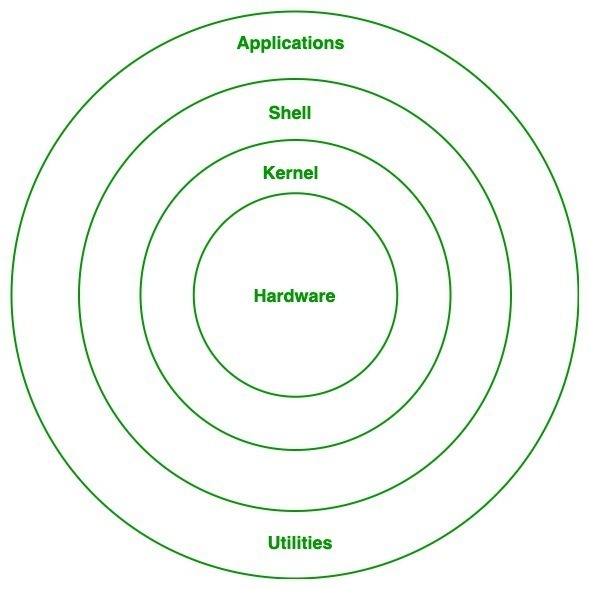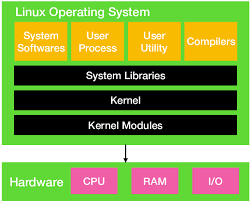Unlocking The Power Of Linux: A Beginner's Guide to the Tech Giant's Favorite Operating System.
Introduction: What Is Linux and Why Does It Matter? In the past, most people used commercial Operating Systems like Windows or MacOS. These Systems are popular, but they come with some downsides, such as needing to pay for licenses, limitations on customization, and potential security issues. Now, picture an operating system(OS) that's completely free, allows you to change and adapt the source code to your computing needs. That's LINUX! A powerful platform embraced by tech giants and enthusiasts alike. It was built by Linus Torvalds in 1991 to give people control, flexibility, and freedom. In this article, we'll explore the fundamentals of Linux, the different distributions(distros) available, how Linux is structured under the hood, how the package managers install software's and how its unique folder hierarchy makes it ideal for everything from smartphones to supercomputers. Let's dive in! The Open Source Nature of Linux When we say Linux is open source, we mean: Free to use: This means anyone can download, install, and use it without paying for the license. Customization: Users can modify the source code, which means that if you want to change how your operating system works, you can do so without any legal issues. Community Support: Linux benefits from a large community that contributes to its development, ensuring it remains secure and up-to-date without the need for a costly license. The Structure of Linux: A Well-Organized System. Why Structure Matters Just like peeling an onion, layer by layer. Like a well-organized office, Linux has a clear structure that makes it easy to find and manage files Here are the key components of the Linux Operating System:

Introduction: What Is Linux and Why Does It Matter?
In the past, most people used commercial Operating Systems like Windows or MacOS. These Systems are popular, but they come with some downsides, such as needing to pay for licenses, limitations on customization, and potential security issues.
Now, picture an operating system(OS) that's completely free, allows you to change and adapt the source code to your computing needs.
That's LINUX! A powerful platform embraced by tech giants and enthusiasts alike. It was built by Linus Torvalds in 1991 to give people control, flexibility, and freedom.
In this article, we'll explore the fundamentals of Linux, the different distributions(distros) available, how Linux is structured under the hood, how the package managers install software's and how its unique folder hierarchy makes it ideal for everything from smartphones to supercomputers. Let's dive in!
The Open Source Nature of Linux
When we say Linux is open source, we mean:
- Free to use: This means anyone can download, install, and use it without paying for the license.
- Customization: Users can modify the source code, which means that if you want to change how your operating system works, you can do so without any legal issues.
- Community Support: Linux benefits from a large community that contributes to its development, ensuring it remains secure and up-to-date without the need for a costly license.
The Structure of Linux: A Well-Organized System.
Why Structure Matters
Just like peeling an onion, layer by layer. Like a well-organized office, Linux has a clear structure that makes it easy to find and manage files

Here are the key components of the Linux Operating System:












































![Flash Sale: Buy IHG Points with 80% Bonus Points [0.56¢ or ₹0.47/Point]](https://boardingarea.com/wp-content/uploads/2025/04/05da39b5f488f7dd0ed5a2f2d34bd5c5.jpg?#)
![Last Call: Buy Flying Blue Miles with a 45% Discount [1.68¢ or ₹1.44/Mile]](https://boardingarea.com/wp-content/uploads/2025/04/6d62aeaa045062f1f9f5b249cbf35bf4.jpg?#)























